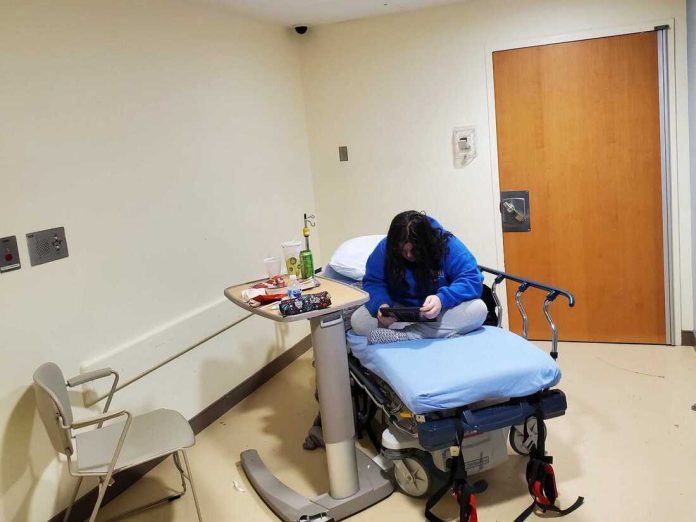Research from the University of Michigan (U-M) found that teens treated in the emergency room for fighting were at a greater risk of getting into a violent incident involving a firearm than teens seen for reasons not related to assault. The study point to the ER as the ideal place to stop the problem of teen violence.
And it’s a problem that is rapidly becoming an epidemic. According to The Brady Campaign to Prevent Gun Violence, firearm violence is the second leading cause of death for young people under 19. An average of eight American children and teens are killed every day, and more than one in five U.S. teenagers ages 14 to 17 report having witnessed a shooting.
For the study – the first to look at firearm violence outcomes among teens after emergency care – researchers from the U-M Injury Center and U-M Medical School followed nearly 600 at-risk males and females living in Flint, Mich. from 2009 to 2013. Participants ranged in age from 14 to 24. Led by Patrick M. Carter, MD, U-M emergency room physician and member of the U-M Injury Center, researchers connected with the young people on their first visit to the ER and then again every six months during the next two years.
“This study shows that youth seen and treated in urban emergency rooms for an assault also have an elevated risk for severe forms of violence, including firearm violence, over the next two years,” said Carter in a U-M news release.
Study findings showed that not only did these teens and young adults have a nearly 60 percent chance of getting into a violent incident with a firearm, it also found it would most likely happen within the first six months of the ER visit. In addition, their risk of being the victim or perpetrator of violence was 40 percent higher than for someone treated for non-assault reasons.
The researchers found that although all the young people in the study had recently used drugs, those who had a diagnosable drug-use disorder were at greater risk for a firearm incident. Those who said retaliation was the best way to respond to assault were also at increased risk for this type of violence.
Findings also revealed that young men and black men and women were more likely to be involved in violence in the two years following their initial ER visit. Patients who had a gun at the time of their ER treatment were much more likely to be involved in a future confrontation with a gun.
The study authors said their findings support using the ER as a site for intervention, especially during the “teachable moment” that immediately follows an initial assault or fight. Youth violence, they said, should be treated like a chronic disease with early intervention programs.
“This data…provides a roadmap for constructing evidence-based interventions to reduce the risk for severe firearm-related injury or death among high-risk youth populations,” said Carter.
He noted that other U-M developed interventions for lower-risk teens with drinking and fighting problems have been successful. The data derived from this study, Carter suggested, could make it easier to adapt the same approaches for higher-risk populations.








